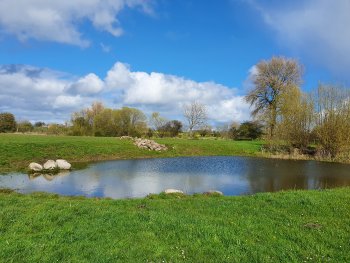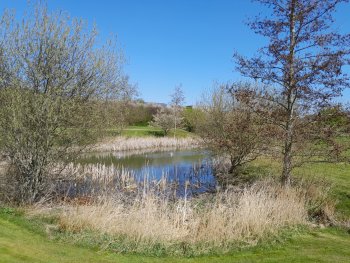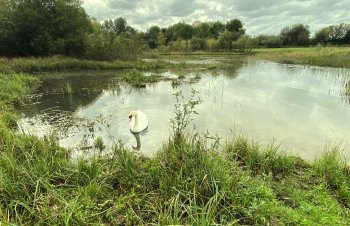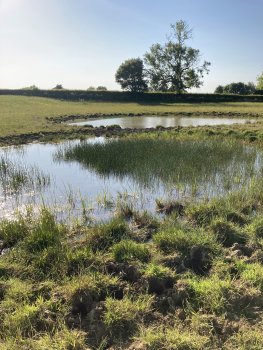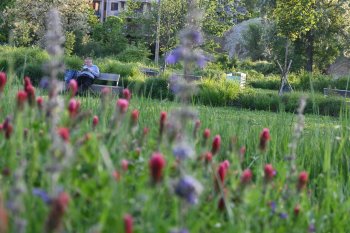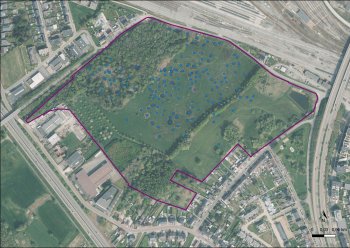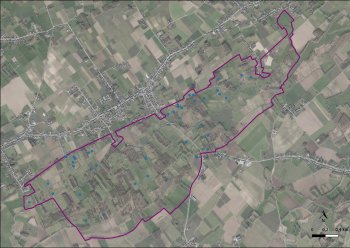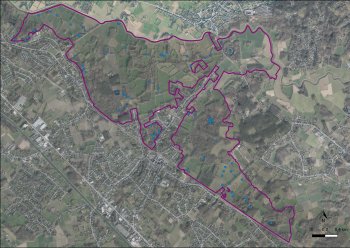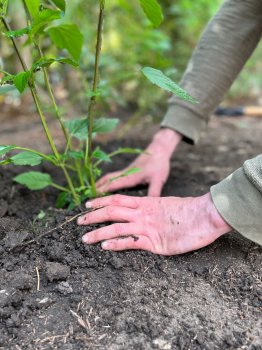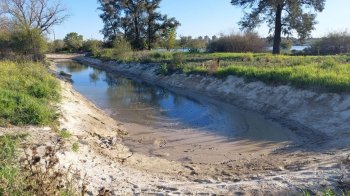H2020 PONDERFUL: The “Fyn” NBS: A Pondscape for Biodiversity, and People
This pondscape covers Ærø, Avernakø, and Birkholm islands, with over 60 ponds on mostly agricultural land. NBS aims to enhance biodiversity (e.g. amphibians, birds) and promote recreation (e.g. biking, hiking) while encouraging eco-friendly farming and buffer zones around ponds to reduce pollution.

